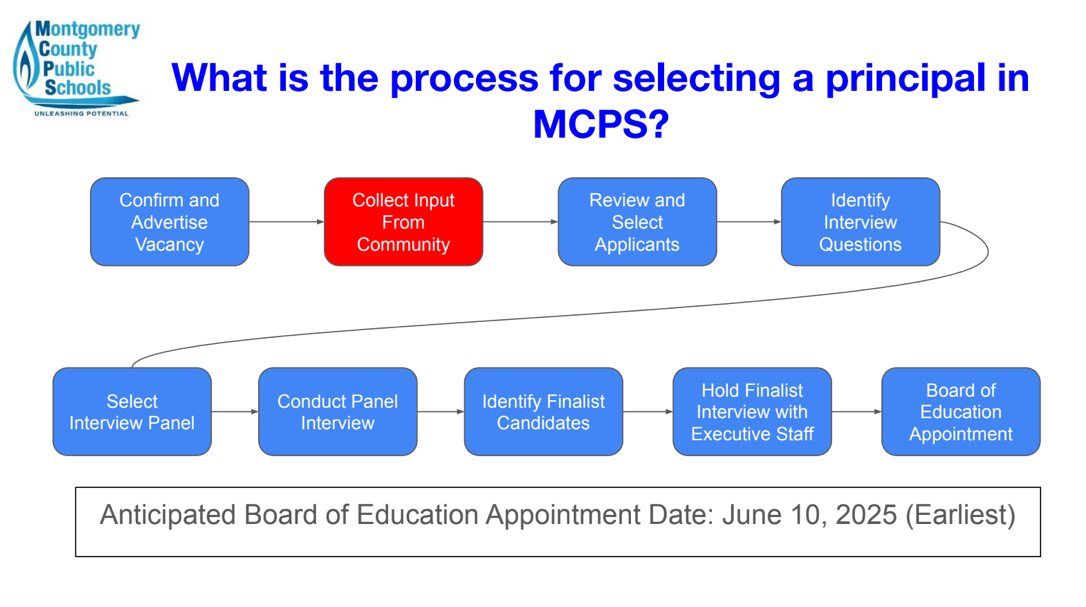Despite what the entirety of social media may be saying, impeachment is, in fact, not the process of putting a president in a peach. What it really is, according to the Merriam-Webster dictionary, is the process of “charging a public official before a competent tribunal with misconduct in office,” and it happened in this country a month ago.
On Dec.18, following more than 14 hours of heated and emotional partisan debate, President Donald Trump was charged with two articles of impeachment – abusing the power of his office and obstructing Congress. This made Trump the third president in the history of the United States to be impeached by the House of Representatives.
To understand how this all came to be, one must go back to the beginning of 2019 when Congress and the Defense Department approved about $400 million in military aid to Ukraine. Behind the scenes, diplomats urged the president to meet with Ukraine’s new president. Abruptly, this meeting was pushed off and the military aid was halted by the White House. In late July, the now infamous phone call took place, where Trump spoke to the Ukrainian president and asked him to “do us a favor though” that included investigating his political rival, Joe Biden and his son Hunter. This was all made public by a whistle blower who filed a complaint about the call, stating that the president is “using the power of his office to solicit interference from a foreign country in the 2020 election.”
In September, following the release of the scandal to the public, House Speaker Nancy Pelosi formally announced the beginning of the impeachment inquiry into Trump to determine whether his actions dealing with Ukraine render him unfit for office. “[Trump is] calling upon a foreign power to intervene in his election. This is a breach of his constitutional responsibilities… The president must be held accountable, no one is above the law,” Pelosi said in a press conference.
Throughout October and November, a series of dramatic public testimonies unfolded, with most of them concluding that Trump both prolonged the Oval Office meeting with Ukraine’s president and withheld the military aid in an attempt to get the answers he sought out. This series of events ultimately resulted in the House voting to impeach Trump. So, what does this mean and what is to come?
To answer that question, one has to look no further than the United States Constitution. “The Senate shall have the sole Power to try all Impeachments. When sitting for that Purpose, they shall be on Oath or Affirmation. When the President of the United States is tried, the Chief Justice shall preside: And no Person shall be convicted without the Concurrence of two-thirds of the Members present,” according to Article 1, Section 3 of the US Constitution.
Unfortunately, though, the Constitution only lays so many ground rules when it comes to Impeachment. While it lays out the roles and outcome of the game, it doesn’t exactly layout how to hold a trial. Although there are trials of the past to use as examples, it is still largely up to
The current senators to decide things like whether to call witnesses and what kind of evidence to allow. This has been a large dispute among senators in the last few weeks, though, with Democrats wanting people close to the president to testify and the Republicans preferring no witnesses at all.
Regardless of the details of the trial proceedings still left up in the air, the big question everyone has been asking is the likelihood of Trump actually being convicted, thus removing him from office. The chances of this happening are pretty low. If the vote in the House is any indication, the Republicans will most likely stay unified and not defect from their party. And, since the Republicans have a majority in the Senate, their decision outnumbers the Democrats’. The overall public is still split along partisan lines over impeachment, though, according to a Washington Post-ABC News poll that showed 49 percent voting to impeach and remove Trump, 46 percent voting the opposite, and 5 percent having no opinion.







